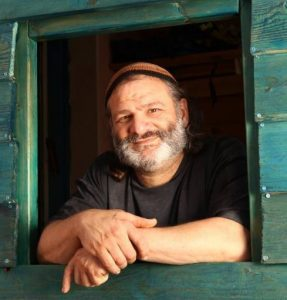Israeli forensic authorities confirmed on Saturday that the partial remains transferred to Israel late Friday night through the International Committee of the Red Cross did not belong to any of the hostages still held by Hamas. The remains were examined at the Abu Kabir National Institute for Forensic Medicine in Tel Aviv.
Hamas stated that the remains were bodies its operatives had recently located. The group claimed it had initially offered to provide only tissue samples but said Israel requested the complete remains for examination. Israeli officials did not comment on that claim. Still, they noted that, according to intelligence reports, Hamas has the locations of most of the hostages’ bodies and has withheld them despite the ceasefire agreement.
The transfer came just days after two other sets of remains—those of Amiram Cooper and Sahar Baruch—were returned. Earlier in the week, Hamas had also returned what it claimed were new remains of Ofir Tzarfati; however, Tzarfati’s body had already been recovered by the IDF nearly two years ago. The family criticized the presentation of the remains as staged for media effect. The IDF subsequently released drone footage showing Hamas operatives burying and then unearthing remains before turning them over to the Red Cross.
Hamas are lying about our hostages and here’s the proof:
— Israel Defense Forces (@IDF) October 28, 2025
Yesterday, Hamas terrorists were filmed removing body remains from a prepared structure and re-burying them nearby, before summoning Red Cross representatives to stage a false “discovery” for photographers.
Despite… pic.twitter.com/c9CkJo3msW
Under the terms of the ceasefire, Hamas was required to return all remaining hostages, both living and deceased, within 72 hours. The group returned all 20 living hostages identified in the agreement but only a portion of the deceased. Eleven bodies are still being held in Gaza. Israeli officials say that at least several of those bodies are known to Hamas and can be retrieved immediately.
Jerusalem views the withholding of bodies as a violation of the ceasefire. Israeli officials assess that Hamas is delaying to avoid the next stage of the agreement, which requires the group to disarm and allow the deployment of an international force in Gaza. Israeli intelligence evaluations indicate that Hamas is attempting to reestablish control in certain areas where IDF forces have reduced presence, strengthening its negotiating leverage before any further exchanges.
The return of bodies carries a specific weight in Jewish practice. The obligation to recover and bury the dead is referred to as chesed shel emet, the “true act of kindness,” because it is performed without expectation of reciprocity. This principle appears in several key biblical narratives. After the Philistines displayed the body of King Saul in Beth Shean, the men of Yavesh-Gilad crossed into hostile territory, retrieved his remains, and gave him burial. Their act is recorded with explicit praise:
“And David sent messengers to the men of Yavesh-Gilad, and said to them: ‘May you be blessed of Hashem, that you have shown this kindness to your lord, to Saul, and buried him.’” (II Samuel 2:5)
The Sages understand this as establishing the dignity of the dead as a matter of national and religious responsibility. This principle underlies the extensive resources Israel devotes to identifying and returning remains, including those of soldiers and civilians killed in conflict.
At present, the bodies of nine Israeli hostages and two foreign nationals remain in Gaza. Discussions regarding the next returns are ongoing. The Red Cross has stated it will continue acting as a neutral intermediary. Israeli officials have reiterated that Hamas is obligated under the ceasefire to provide the locations and return of all bodies without delay.
Whether Hamas continues or slows the process will determine how the ceasefire proceeds and whether the second phase—including disarmament—moves forward or stalls.




